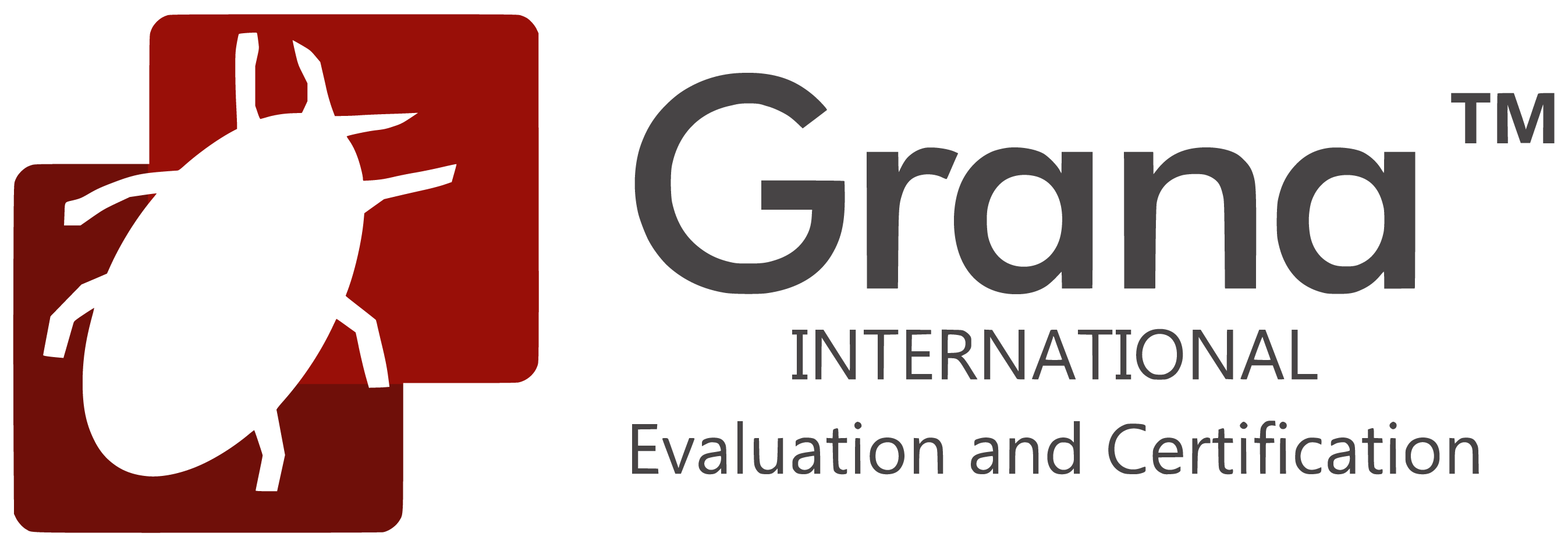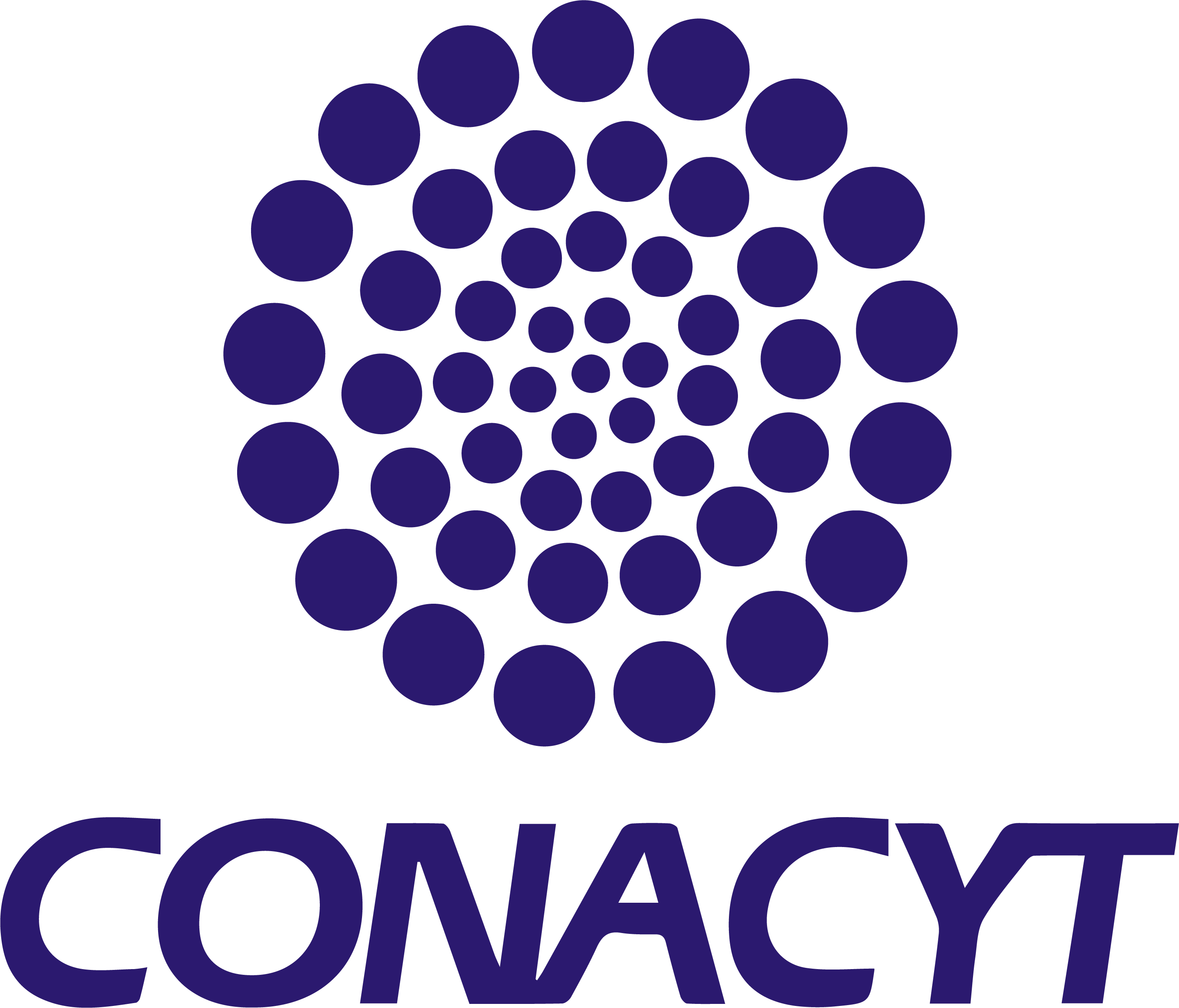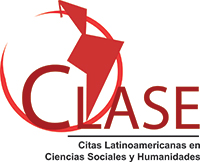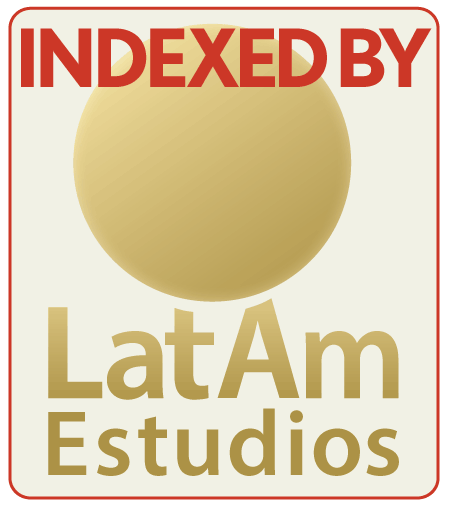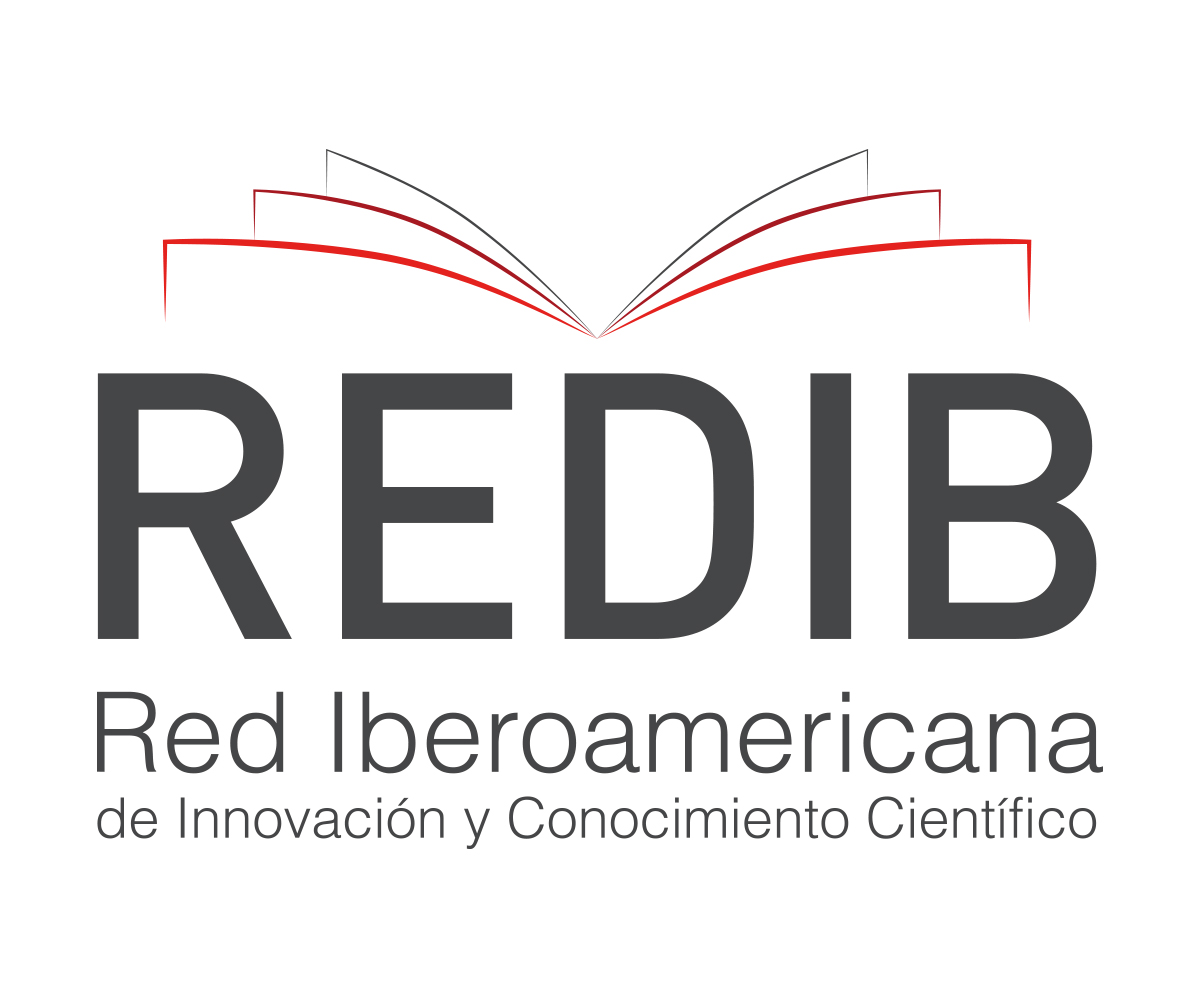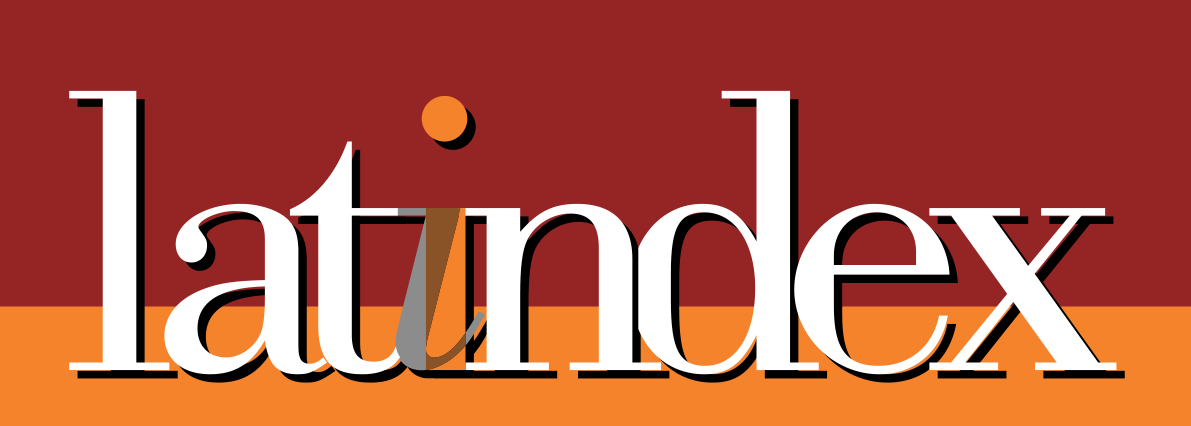Corruption and internal control in public institutions of Latin America: An existing relationship?
Abstract
The implementation of internal control in public institutions in Latin America, specifically in Bolivia, Brazil, Chile, Colombia, Costa Rica, Mexico, Nicaragua, Uruguay and Venezuela, has not had a significant impact on the corruption perception index issued by Transparency International for the period 2018-2023. A review of the current state of knowledge was conducted, finding that the legislation of the studied countries determines that comptroller areas are responsible for internal control; likewise, the control model used in all of these countries is the one proposed by the Committee of Sponsoring Organizations of the Treadway Commission (COSO). The purpose of the research was to describe and reflect on the internal control models used in the public institutions of the Latin American countries studied and to seek the possible relationship with the corruption perception index. For the development of the research, a sample was obtained using STATS 2.0 software, with a 10% error margin and a 95% confidence level. From the nineteen countries that make up the Latin American region, nine were selected, using as an analysis method the documentary review of current legislation, as well as the results obtained by Transparency International. As the main result, it was determined that there is no direct relationship between the internal control model implemented by the public institutions of the countries studied and the perception of corruption.
Downloads
References
Auditoría Superior de la Federación. (2016). Estudios sobre la Implementación de los Sistemas de Control Interno en el Sector Público Federal. https://www.asf.gob.mx/uploads/56_Informes_especiales_de_auditoria/Control_Interno_11-08-16.pdf
Cárdenas, J. (2018). Causas de la corrupción y soluciones para enfrentarla. En P. Salazar, F. Ibarra Palafox e I. B. Flores (Eds.), ¿Cómo combatir la corrupción? (pp. 223-230). Instituto de Investigaciones Jurídicas, UNAM. https://archivos.juridicas.unam.mx/www/bjv/libros/9/4315/27.pdf
Committee of Sponsoring Organizations. (2013). Internal Control – Integrated Framework. Executive Summary. https://www.coso.org/_files/ugd/3059fc_1df7d5dd38074006bce8fdf621a942cf.pdf
Committee of Sponsoring Organizations of the Treadway Commission. (2017). Enterprise Risk Management — Integrating with Strategy and Performance. Executive Summary. https://www.coso.org/Documents/2017-COSO-ERM-Integrating-with-Strategy-and-Performance-Executive-
Summary.pdf
Constitución Política de 1987 [CP Nicaragua]. Artículo 154. 09 de enero de 1987 (Nicaragua). http://legislacion.asamblea.gob.ni/Normaweb.nsf/xpNorma.xsp?documentId=51A99B32B259856106258B8C00742382&action=openDocument
Constitución Política de 1991 [CP Colombia]. Artículo 209. 13 de junio de 1991 (Colombia). https://www.suin-juriscol.gov.co/viewDocument.asp?ruta=Constitucion/1687988
Constitución Política de 2009 [CP Bolivia]. Artículo 213. 07 de febrero de 2009 (Bolivia). http://www.gacetaoficialdebolivia.gob.bo/app/webroot/archivos/CONSTITUCION.pdf
Contreras, O. E., Mosquera, R. y Martínez, H. E. (2024). Reflexionando sobre corrupción y deshonestidad académica: una intervención cuasi-experimental. Estudios sobre Educación, 46. 121-139. https://doi.org/10.15581/004.46.006
Decreto 280/022 de 2022 [con fuerza de ley]. Unidades de Auditoría Interna de Uruguay. 30 de agosto de 2022. https://medios.presidencia.gub.uy/legal/2022/decretos/08/cons_min_652.pdf
Decreto 1083 de 2015. Reglamentario del Sector de Función Pública. 26 de mayo de 2015. https://www.suin-juriscol.gov.co/viewDocument.asp?ruta=Decretos/30019891
Del Toro, J. C.; Fonteboa, A.; Armada, E.; Santos, C. M. (2005). Control Interno. Centro de Estudios Contables Financieros y de Seguros (CECOFIS). https://www.researchgate.net/publication/305730712_Control_Interno
Departamento Administrativo de la Función Pública de Colombia. (2023). Manual Operativo del Modelo Integrado de Planeación y Gestión. https://www1.funcionpublica.gov.co/documents/28587410/34112007/2023-03-21_Manual_operativo_mipg_5V.pdf/dbe560cc-e81d-bd7b-b23f-075184e029c6?t=1679509602732
Fonseca, O. (2007). Auditoría gubernamental moderna. Instituto de Investigación en Accountability y Control (IICO). https://books.google.com.mx/books/about/Auditoria_Gubernamental_Moderna.html?hl=es&id=KE7KCJLbjnMC&redir_esc=y
Instrucción Normativa No. 3 de 2017. Aprueba la Referencia Técnica para la Actividad de Auditoría Interna Gubernamental del Poder Ejecutivo Federal. 09 de junio de 2017. https://www.gov.br/fnde/pt-br/acesso-a-informacao/auditorias/legislacao/instrucao-normativa-no-3-de-09-de-junho-de-2017.pdf/view
Kaufmann, F. X., Majone, G., Ostrom V. (1986). Guidance, Control, and Evaluation in the Public Sector: the Bielefeld interdisciplinary project. Walter de Gruyter. https://research-ebsco-com.bibliotecaipn.idm.oclc.org/linkprocessor/plink?id=7c36b26d-5157-3f8f-8dce-f76a4357d71e.
Ley 14.600 de 2023. Organización básica de los órganos de la Presidencia de la República y Ministerios. 19 de junio de 2023. https://www.planalto.gov.br/ccivil_03/_ato2023-2026/2023/lei/L14600.htm
Ley 1178 de 1990. De Administración y Control Gubernamentales de Bolivia. 20 de julio de 1990. http://www.gacetaoficialdebolivia.gob.bo/normas/buscar/1178
Ley 8292 de 2002. General de Control Interno de Costa Rica. 31 de julio de 2002. https://cgrfiles.cgr.go.cr/publico/docsweb/documentos/leyes-reglamentos/ley-control-interno-8292.pdf
Ley 16736 de 1996. Presupuesto Nacional de Sueldos Gastos e Inversiones de Uruguay. 30 de diciembre de 2020. https://www.impo.com.uy/bases/leyes/16736-1996
Moeller, R. R. (2014). Executive’s Guide to COSO Internal Controls. Understanding and Implementing the New Framework. John Wiley & Sons, Inc. https://research-ebsco-com.bibliotecaipn.idm.oclc.org/linkprocessor/plink?id=c0b81fcf-38ca-36dd-a0e7-4ef64e22ac92
Moreno, E. P. (2018). Entendiendo la corrupción y el derecho disciplinario. En P. Salazar, F. Ibarra Palafox e I. B. Flores (Eds.), ¿Cómo combatir la corrupción? (pp. 167-176). Instituto de Investigaciones Jurídicas, UNAM. https://archivos.juridicas.unam.mx/www/bjv/libros/9/4315/27.pdf
Normas N-2-2009-CO-DFOE de 2009 [Contraloría General de la República de Costa Rica]. De control interno para el Sector Público. 26 de febrero de 2009. https://cgrfiles.cgr.go.cr/publico/docsweb/documentos/control-interno/nci-publico-2-2009-co-dfoe-n.pdf
Normas de 2015 [Contraloría General de la República de Nicaragua]. Técnicas de Control Interno. 20 de marzo de 2015. http://legislacion.asamblea.gob.ni/Normaweb.nsf/xpNorma.xsp?documentId=752BF68FC53A51B6062584FF0052248A&action=openDocument
Organización de las Naciones Unidas. (2004). Convención de las Naciones Unidas contra la corrupción. https://www.unodc.org/pdf/corruption/publications_unodc_convention-s.pdf
Organización Internacional de las Entidades Fiscalizadoras Superiores. (2023). Plan de Desarrollo Estratégico 2023-2028. https://www.psc-intosai.org/wp-content/uploads/2023/11/SDP-2023%E2%80%932028.pdf
Organización Latinoamericana y del Caribe de Entidades Fiscalizadoras Superiores. (2021). El control interno desde la perspectiva del enfoque COSO – su aplicación y evaluación en las EFS – Aplicación 2020. https://olacefs.com/ctpbg/wp-content/uploads/sites/4/2021/11/El-control-interno-bajo-la-
perspectiva-del-Informe-COSO-Aplicacion-2020.pdf
Rodríguez, R. (2019). Autonomía Universitaria y Rendición de Cuentas. Revista Mexicana de Investigación Educativa, 24(82), 879-895. https://eds-p-ebscohost-com.bibliotecaipn.idm.oclc.org/eds/pdfviewer/pdfviewer?vid=1&sid=816b7196-d487-45c3-9431-e4374b147aeb%40redis
Pardo, M. C. y Cejudo, G. M. (2016). Trayectorias de reformas administrativas en México: legados y conexiones. El Colegio de México, A.C.
Resolución 01-00-000619 de 2015 [Contraloría General de la República de Venezuela]. Normas Generales de Control Interno. 16 de diciembre de 2015. http://www.sunai.gob.ve/storage/208/normas-generales-de-control-interno.pdf
Resolución 2023-5-3-0001648 de 2023 [Auditoría Interna de la Nación de Uruguay]. Marco Integrado de Control Interno. 12 de junio de 2023. https://www.gub.uy/ministerio-economia-finanzas/sites/ministerio-economia-finanzas/files/2024-01/Resoluci%C3%B3n%20Marco%20COSO%20III.pdf
Resolución CGE/061/2019 de 2019 [Contraloría General del Estado de Bolivia]. Comités de Control Interno. 17 de mayo de 2019. https://www.contraloria.gob.bo/wp-content/uploads/2022/06/RESOLUCIO%CC%81N_CGE_612019.pdf
Resolución CGR-1/070/2000 de 2000 [Contraloría General del Estado de Bolivia]. Principios, Normas Generales y Básicas de Control Interno Gubernamental. 21 de septiembre de 2000. https://www.contraloria.gob.bo/wp-content/uploads/2022/06/20121217_342.pdf
Sandoval, L.K. y Taramuel, J. A. (2021). Control interno. Un nuevo enfoque cultural en las instituciones de educación superior ecuatorianas. Revista de Investigación Sigma, 08(2), 54-63. http://dx.doi.org/10.24133/sigma.v8i02.2560
Serrano Sánchez, J. A. (2016). El control interno de la Administración Pública: ¿Elemento de estancamiento o de desarrollo organizacional? Instituto Nacional de Administración Pública
(INAP).http://archivos.diputados.gob.mx/Centros_Estudio/UEC/prods/EL%20CONTROL%20INTERNO%20DE%20LA%20ADMINISTREACION%20PUBLIC
A.pdf
Sistema Nacional de Fiscalización. (2014). Marco Integrado de Control Interno. https://www.snf.org.mx/Data/Sites/1/marco-control-interno/marco_contint2014.pdf
Torres, J. (2023). Desafíos en el combate a la corrupción en Hispanoamérica: Las experiencias de Chile, Colombia, Costa Rica, Guatemala y México. OPERA - Observatorio de Políticas, Ejecución y Resultados de La Administración Pública, 32. 109–137. https://doi-org.bibliotecaipn.idm.oclc.org/10.18601/16578651.n32.07
Transparencia Internacional. (2023). El ABC del CPI: cómo se calcula el Índice de Percepción de la Corrupción (IPC). https://www.transparency.org/es/news/how-cpi-scores-are-calculated
Transparencia Mexicana. (2004). Transparencia Internacional. https://www.tm.org.mx/transparencia-internacional/
Villoria, M. (2021). Good Governance and Corruption in Latin America. En Peters, B.G., Tercedor, C.A. y Ramos, C. (Eds.) The Emerald Handbook of Public Administration in Latin America. (pp.407-435). Emerald Publishing Limited. https://doi.org/10.1108/978-1-83982-676-420201016

This work is licensed under a Creative Commons Attribution 4.0 International License.
In order to promote the development and dissemination of research in education in Latin America, the Ibero-American Journal for Educational Research and Development (RIDE) adhered to the Budapest Open Access Initiative, which is why it is identified as a Open access publication. This means that any user can read the complete text of the articles, print them, download them, copy them, link them, distribute them and use the contents for other purposes. Creative Cummons licenses allow users to specify the rights to use an open access journal available on the Internet in such a way that users know the rules of publication. Authors who publish in this journal accept the following conditions: Authors they keep the author's rights and give the magazine the right of the first publication, with the work registered with the attribution license of Creative Commons, which allows third parties to use the published material whenever they mention the authorship of the work and the first publication in this The authors can make other independent and additional contractual agreements for the non-exclusive distribution of the version of the article published in this journal (eg, include it in an institutional repository or publish it in a book) as long as they clearly indicate that The work was published for the first time in this magazine. Authors are allowed and recommended to publish their work. low on the Internet (for example on institutional or personal pages) before and during the review and publication process, as it can lead to productive exchanges and to a greater and faster dissemination of the published work



